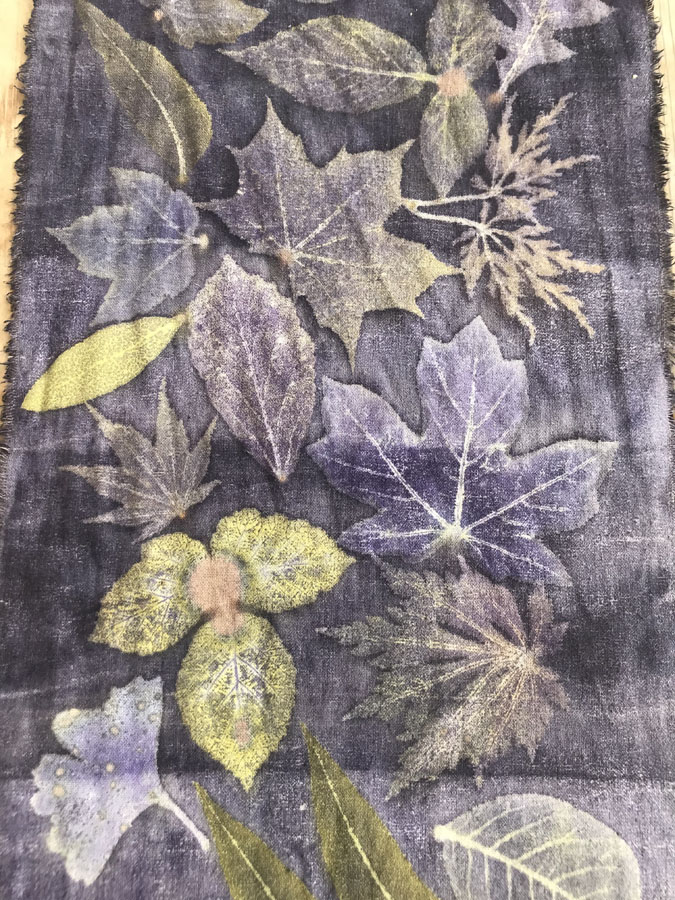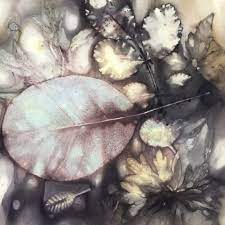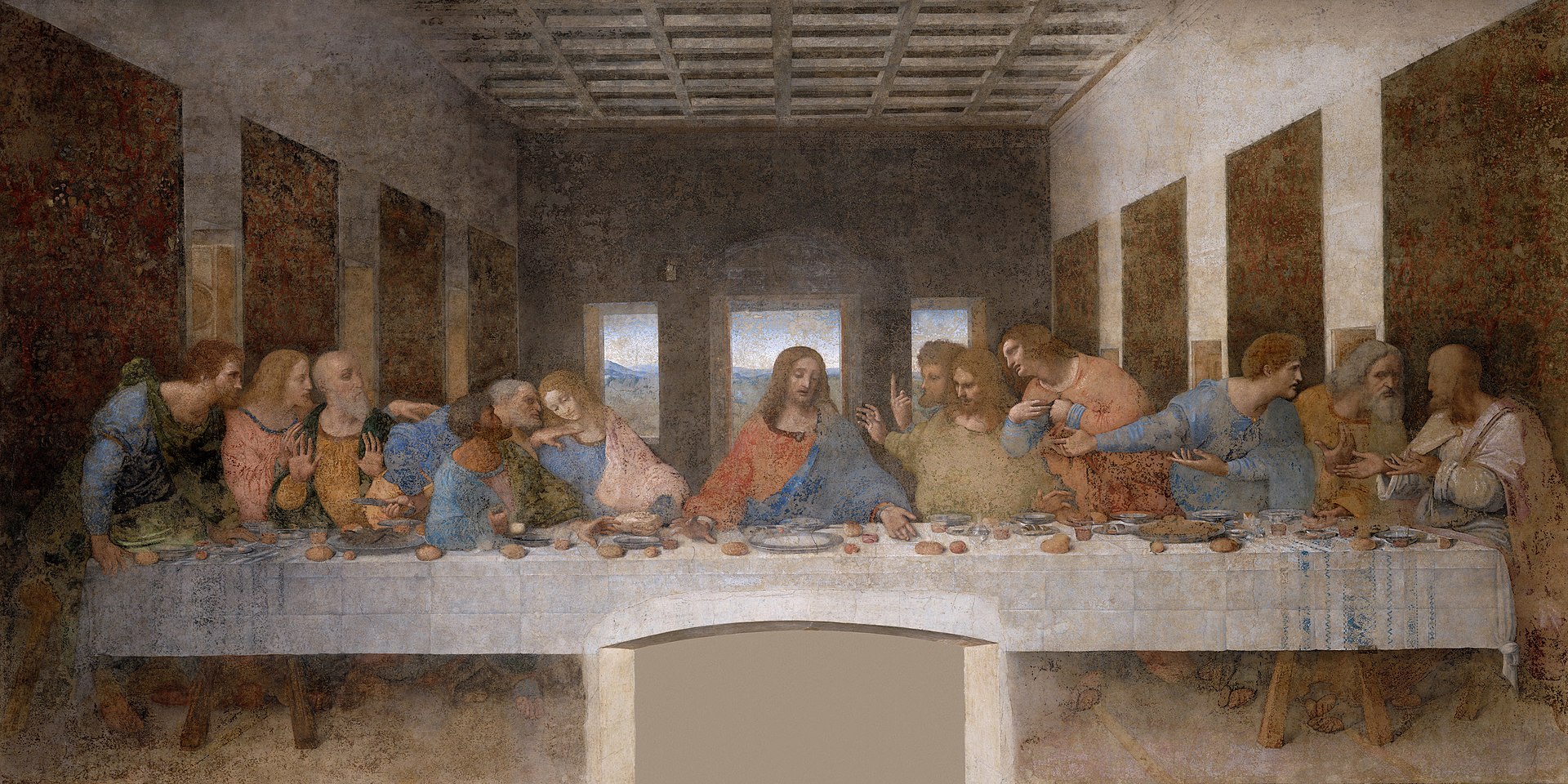ART 718-Dyes and a bit about dyeing technology
source: https://encyklopedia.pwn.pl/haslo/barwniki;3874777.html dyeing plants, plants belonging to various families, containing colored substances (dyes) belonging to various groups of organic compounds, sometimes with a very complicated structure;plant pigments occur in all organs, e.g. blue), coral viburnum fruit, elderberry fruit (red), oak bark (brown and black), nettle leaves, and bird cherry bark (green); from plants of foreign origin, e.g. Lawsonia leaves give red or yellow dye (henna); turmeric roots (yellow); acacia wood, Acacia catechu (olive, green, brown, black); the oldest dyeing plants include, among others: indigo (a blue dye made from the leaves - indigo), formerly used to dye cotton; of over 2,000...




